When I was a young mother there was no such thing as healthful bars of any kind, let alone nutrition bars! These days, there are a million different ones available at health food stores, drug stores, and even gas stations. Different bars fit different diet trends: Paleo; high protein/low sugar; athletic fuel (high carb); gluten free; whole foods; raw foods; macrobiotic; etc. It’s amazing how much the bar market has evolved since the 1970s, when I started paying attention to food and nutrition!
People of all dietary needs and preferences have come to rely on bars as an easy way to get some nutrition while on the run. My son, Graham, is a personal trainer. Through talking with him and spending time at the gym myself, I’ve learned that a lot of fitness-oriented people love bars. And I see why—if you eat the right bar after a workout, you feel great.
Since nutrition bars are so popular, we asked you, our readers, which bars you wanted us to review. Then I went and did some ingredient research and taste testing. If bars are a regular part of your diet (and/or your kids’), read on to learn which ones are Good Stuff, Okay Stuff, Sneaky Stuff, and just plain Bad Stuff. (Oh, and if you want to make bars yourself, here’s my favorite recipe.)
Bad Bar Ingredients to Avoid
As you probably guessed, there’s a lot of questionable stuff out there in the nutrition bar world. Here are some of the ingredients that raise red flags for me:
- Soy ingredients are popular in many nutrition bars as a source of protein (like soy protein isolate) and product-enhancing additives (like soy lecithin). Soy is problematic for many reasons: non-organic soy is likely genetically modified; many soy ingredients are highly processed; soy can be estrogenic; soy can be difficult to digest; and soy is a common allergen. I avoid soy except in some traditional forms, like tempeh and miso, and I recommend that you avoid the more processed, modern versions of it, especially if they’re not organic.
- Non-organic dairy, eggs, and meat, which are all sources of ingredients you can find in many bars, are problematic because conventionally raised animals are typically exposed to higher levels of agricultural chemicals, environmental toxins, hormones, and antibiotics.
- Peanut plants are really good at taking up toxins from soil, so non-organic peanuts (and ingredients derived from them, like peanut butter and peanut flour, which you’ll find in many bars), are usually more toxic than their organic counterparts.
- Casein and casein derivatives (like calcium caseinate and sodium caseinate) are cheap, highly processed and readily available sources of milk-derived protein. They can be contaminated from the source (see non-organic dairy, above) and processing. Also, high levels of these proteins can interfere with mineral absorption in the body.
- Added sweeteners, like corn syrup, are often highly refined, meaning they add sugar without any redeeming nutrients.
- Maltodextrin is a common carbohydrate in mainstream sports nutrition products because it’s technically a complex carb, but can be absorbed quickly, giving the body an energy boost. It’s also cheap and readily available. I don’t like it because it’s highly processed, can be derived from problematic sources (like wheat or corn), acts like more refined sugars in the body, causes digestive problems in some people, and can actually have dehydrating effects (which is exactly what it’s not supposed to do).
- Artificial sweeteners like sucralose (Splenda) have a lot of negative research data against them, and the ones that have been around the longest tend to have the worst reputation. But there’s also “evidence” to defend their continued use in foods. I know people who are sensitive to artificial sweeteners– they get headaches from even the smallest doses—and that’s evidence enough for me to avoid them and suggest that you and your kids do the same. Like sugar alcohols (below), artificial sweeteners are also problematic because they can make sugar cravings worse– because you aren’t digesting real sugar, your brain isn’t getting satiety cues, so the sugar craving rages on.
- Sugar alcohols like xylitol, maltitol and erythritol are supposed to be safer, more natural alternatives to artificial sweeteners—they provide sweetness with few calories and are derived from natural sources. But of course you can’t have your cake and eat it, too! Sugar alcohols are often highly processed, can cause digestive problems and headaches, and they can backfire by perpetuating sugar cravings. They can also induce an insulin response just like regular sugars.
- Added oils are often of poor quality, and one of the more common oils—canola—is extra problematic. Non-organic canola is usually genetically modified. Even organic canola oil is the product of a lot of processing, involving chemicals and high temperatures that can compromise the fatty acids, even hydrogenating some.
- “Natural” flavors are often anything but natural, even if they’re organic! They are usually highly processed and can have a lot of concerning additives that are not listed separately. Be especially wary of bars with flavors that are trying to mimic other foods, like cookies, cakes, and pies.
- Added vitamins and minerals are common in bars that are trying to seem more nutritious than they really are, and they’re usually of unknown origin and quality. Many added nutrients can’t even be absorbed by our bodies. You’re best off getting vitamins and minerals from whole food sources. (Here’s more on my feelings about vitamins.)
Good Bar Ingredients to Look For
The best bars are basically those you could make in your kitchen with ingredients that are readily available at your local grocery or health food store. When I was reviewing ingredients, I looked for:
- Real, whole foods like nuts, seeds, and meat (popular in some of the Paleo friendly bars).
- Organic and non-GMO ingredients, especially when it comes to peanuts and animal-based ingredients.
- Carbohydrates from whole-food ingredients like grains, nuts, and fruit.
- Added sweeteners should be as unrefined and high-nutrient as possible, like coconut sugar and honey.


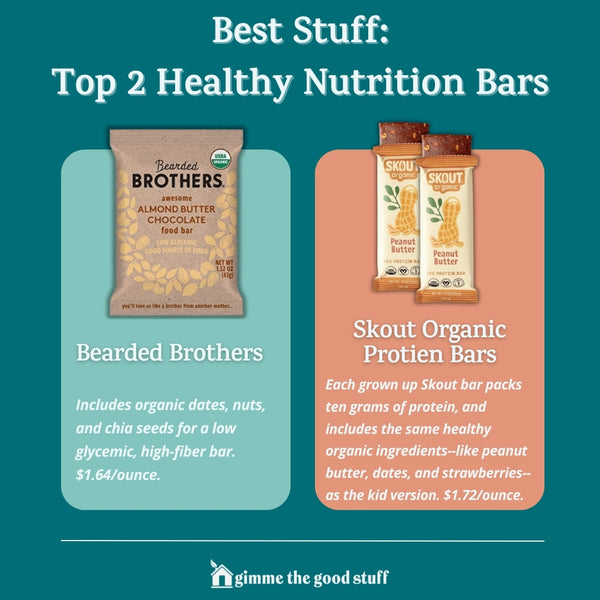

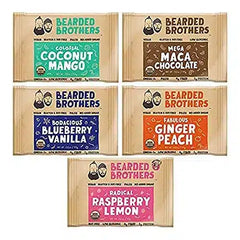

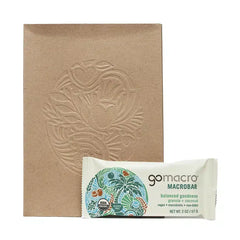
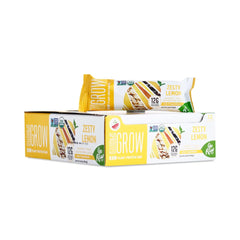
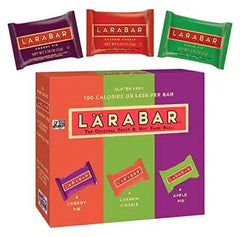
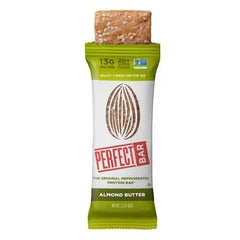

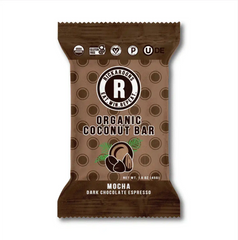
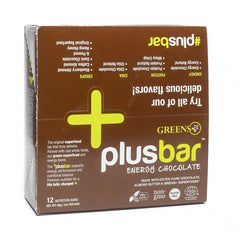
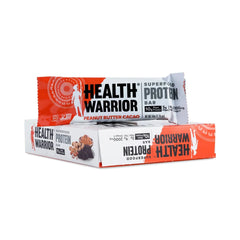

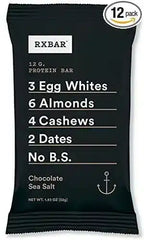








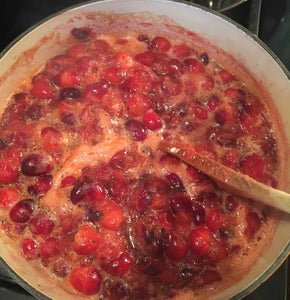
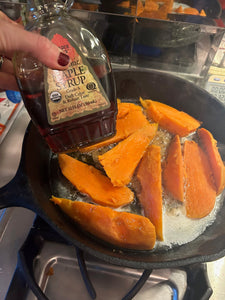
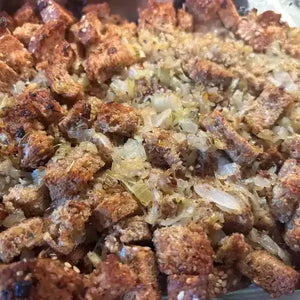





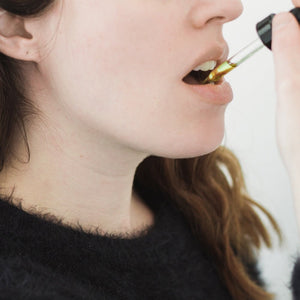

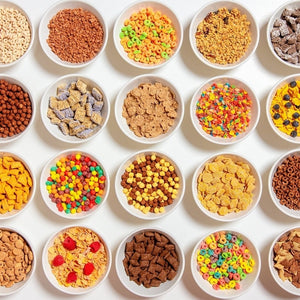

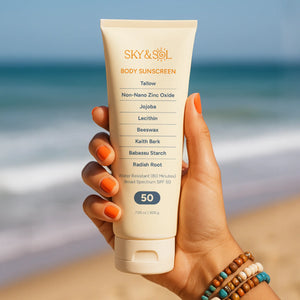

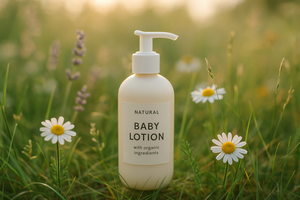

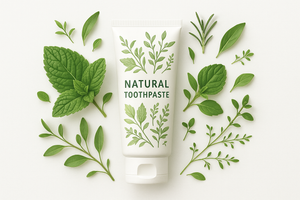



36 comments
John Goss
See above response.
John Goss
While it is good that Lead Safe Mama is helping folks be aware of lead, many professional who actually work in real labs find her to be way off base.
“Okay, so I actually work in a lab and have worked with a variety of x-ray techniques on actual multi-million dollar equipment. I’m also a trained XRF operator and literally do this for a living as well as teach (not for product testing, different industry). She uses extremely inflammatory language (as you would expect), and seeing her pictures of her using the thing I’m not terribly impressed with her technique (though that’s partially that the USA has terrible standards). The certificate she has is from the company itself, not a federal body. (Literally anyone off the street can pay for a one-day training course.) She doesn’t really follow ALARA, I don’t see a dosimeter or anything, and just…yeah. She argues she’s the only one who can do non-biased testing because everyone else is in industry’s or government’s pockets? I’m not, I work at a university and let me tell you, no one is giving me money for shit, lol. Testing labs aren’t all nefarious entities. If you’re so concerned, go to an actual testing lab. I believe she does do so on occasion, but carrying an XRF gun like a vigilante through Home Depot? Yikes on bikes. I’ve even done knitting needles for kicks and they came up with a lead signal. I put them into my microscope with far, far better resolution and sensitivity (because XRFs honestly kind of suck) and there’s nothing there. The instrument and software aren’t perfect and there’s uncertainties and error she doesn’t even touch on because it would be against her motives. XRF in the actual science world is the utterly opposite end from “highly accurate” or anything she describes. It’s a rapid, non-destructive field technique. So maybe she found some lead and other metals, but I wouldn’t think of her as highly trained, rational scientist doing “the good work”. Her angle makes her money and strokes her ego. Not a fan."The following is just one of many comments about her, sent by an actual testing professional….
Alison Steele
LaraBars have also tested positive for lead: https://tamararubin.com/2024/08/larabar-in-lemon-flavor-tests-positive-for-an-unsafe-level-of-lead-july-2024-lab-report/
Alison Steele
Go Macro bars tested positive for Lead, Arsenic, and Cadmium: https://tamararubin.com/?s=go macro
Melissa C
Do you have any recommendations for nut-free nutrition bars/snack bars?
Thanks!